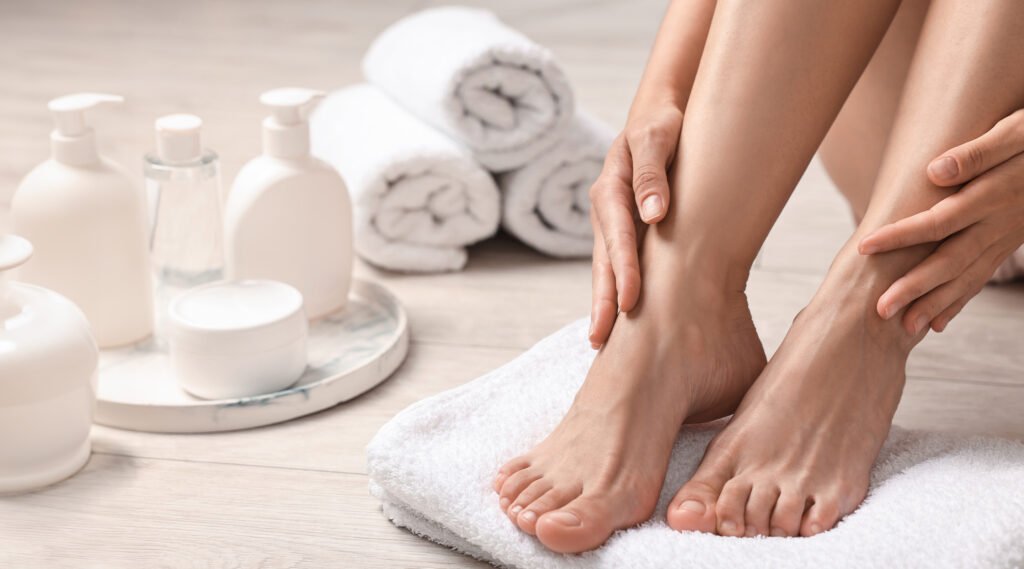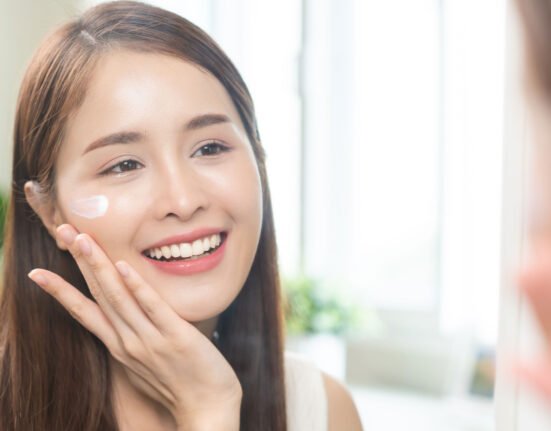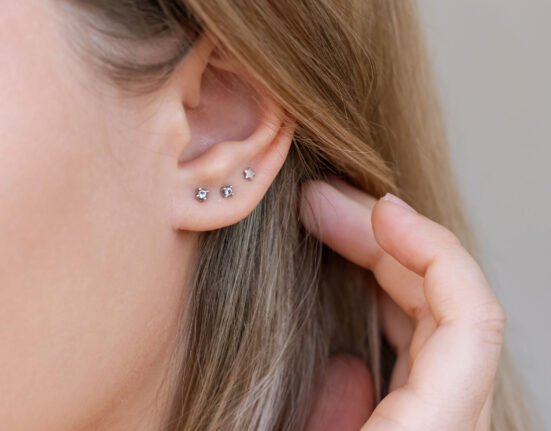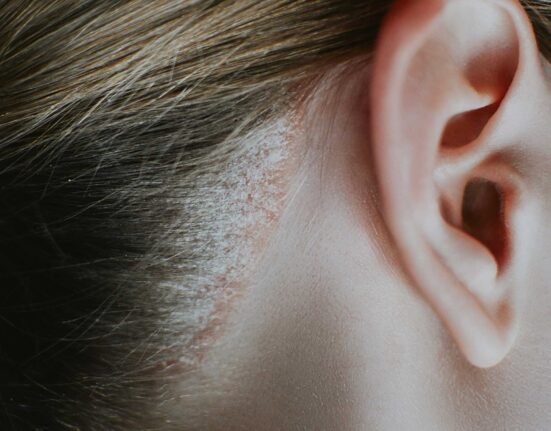Warts are small, raised bumps on the skin that are usually harmless but can be bothersome, especially when they appear in visible areas or cause discomfort.
While most warts go away on their own, it’s essential to understand their types, causes, and how to prevent them, because warts aren’t just a cosmetic issue.
What Causes Warts?
Warts are caused by an infection with the human papillomavirus (HPV). The virus enters the skin through tiny cuts or abrasions, triggering the overgrowth of skin cells and leading to thick, hardened patches that form a wart.
Warts tend to appear more easily on moist, wet, or frequently irritated skin. Although HPV causes all warts, not all strains of HPV result in warts.
Some strains are high-risk and linked to cancers, but these are different from the strains that cause common warts.
Are Warts Contagious?
Yes, warts are contagious. They can spread through direct contact, such as touching someone else’s wart, or through indirect contact, such as sharing towels, razors, or shoes.
That’s why it’s important not to scratch or pick at a wart—doing so can spread the virus to other parts of your body.
Types of Warts
Warts can appear in different forms, depending on the strain of HPV and the area of the body affected:
- Common warts:
Usually found on the hands or around the nails, rough, raised, and dome-shaped. - Plantar warts:
Develops on the soles of the feet; can be painful when walking, and often contains small black dots. - Mosaic warts:
A cluster of small, flat warts, typically found on the feet. - Flat warts:
Smaller and smoother, they often appear in large groups on the face, hands, or legs. - Filiform warts:
Thread-like warts that grow on the face, neck, or eyelids. - Genital warts:
Spread through sexual contact; appear in the genital or anal area, and require medical attention.
How to Prevent Warts

While it’s not always possible to prevent warts completely, you can lower your risk with some simple habits:
- Avoid touching or picking at your own or others’ warts.
- Avoid sharing personal items, such as razors, towels, or nail files.
- Use a separate nail file for the wart and affected areas, and discard it after use.
- Refrain from biting your nails or the skin around them, as breaks in the skin allow the virus to enter.
- Keep your skin moisturised to prevent cracking, as this can increase susceptibility to infection.
- Always wear flip-flops or sandals in public areas such as locker rooms, swimming pools, and communal showers.
- Wash your hands regularly, especially after touching an area with a wart.
When to See a Doctor
See a healthcare provider if:
- The wart is painful, spreads quickly, or changes in color or shape.
- It appears in sensitive areas, such as the face or genitals.
- You have a weakened immune system.
- The wart isn’t going away or is affecting your quality of life.
Warts are generally benign, but that doesn’t mean they should be ignored. Recognizing the signs and practising good skin hygiene are crucial steps in preventing the spread and avoiding complications.
Don’t hesitate to seek medical advice if a wart is bothering you or not going away on its own.
References
Cleveland Clinic. Accessed in pada 2025. Warts.
EMC. Accessed in 2025. Recognize 3 Signs of Dangerous Warts and How to Treat Them.
Health Harvard. Accessed in 2025. Worried About Warts?














Leave feedback about this